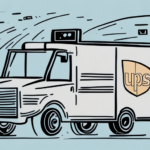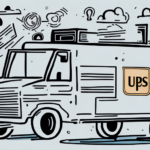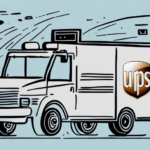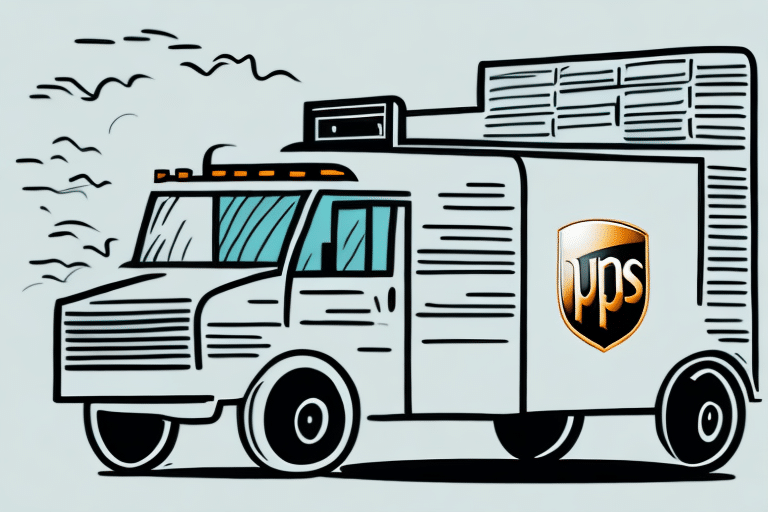How Much Does Courier Service Cost? A Comprehensive Guide
When it comes to sending items from one place to another, courier services are an incredibly convenient option. However, with convenience comes cost. How much does courier service cost? In this comprehensive guide, we explore all the factors that affect courier service costs and provide you with tips and advice on how to save money on these services.
Understanding the Costs of Courier Services
Factors Affecting Courier Service Costs
The cost of a courier service can vary based on several factors:
- Distance: The distance between the sender and receiver significantly impacts the cost. Local deliveries are generally cheaper than long-distance or international shipments.
- Package Weight and Dimensions: Heavier and larger packages typically incur higher costs.
- Service Type: Standard, same-day, or rush delivery services have different pricing structures.
- Delivery Speed: Faster delivery options cost more.
- Additional Services: Services such as insurance, tracking, and signature confirmation add to the total cost.
- Delivery Location: Delivering to remote or high-security areas may increase costs due to the additional resources required.
For a detailed overview of courier pricing factors, refer to the FedEx International Shipping Pricing.
Types of Courier Services
There are several types of courier services to choose from, each with its own costs:
- Standard Courier Services: These services offer delivery within a few days and are typically the most cost-effective option for domestic shipments.
- Same-Day and Rush Delivery: These premium services guarantee faster delivery times but come at a higher cost.
- International Courier Services: Shipping abroad involves higher costs due to factors like customs duties, taxes, and longer transit times.
- Specialized Courier Services: Designed for packages requiring special handling, such as fragile or hazardous materials, these services vary in cost based on specific requirements.
For more information on different courier service types, visit the UPS Shipping Services page.
Comparing Local vs. International Courier Service Costs
Local Courier Services
Local courier services are generally more affordable due to shorter distances and reduced logistical challenges. They often have a better understanding of the local area, which can lead to faster delivery times and lower overhead costs.
For example, USPS offers competitive pricing for domestic packages with various service levels to meet different needs.
International Courier Services
International shipments are more expensive due to additional factors:
- Customs Duties and Taxes: These can vary widely depending on the destination country and the nature of the goods being shipped.
- Longer Transit Times: Greater distances and more complex logistics contribute to higher costs.
- Currency Fluctuations: Exchange rates can affect pricing, especially for expedited services.
- Additional Services: International shipments often require services like customs clearance and extended tracking.
For detailed information on international shipping costs, refer to the DHL Express Services.
Specialized Delivery Options and Their Costs
Same-Day and Rush Delivery
Same-day delivery involves picking up and delivering a package on the same day, while rush delivery guarantees delivery within a specific time frame, such as 12 or 24 hours. These services are more expensive due to the need for immediate processing and specialized handling.
The cost varies based on:
- Package Size and Weight: Larger or heavier packages cost more to expedite.
- Distance: Delivering within the same city is cheaper than across regions.
- Time Sensitivity: The tighter the delivery window, the higher the cost.
Check out FedEx SameDay® for options and pricing.
Insurance Options
Many courier services offer insurance to protect your shipment against loss, damage, or theft. While this provides peace of mind, it also increases the overall cost of the shipment.
Consider the value of your items and the potential risks when deciding whether to purchase insurance. For more details on insurance options, visit the UPS Insurance Services.
Strategies to Save on Courier Costs
Negotiating Better Rates
Even though courier service costs can seem fixed, there are strategies to negotiate better rates:
- Consolidate Shipments: Combining multiple shipments can lead to bulk discounts.
- Volume Discounts: Regularly shipping large volumes may qualify you for reduced rates.
- Long-Term Contracts: Committing to a long-term partnership can secure lower pricing.
- Industry-Specific Discounts: Some couriers offer discounts for specific industries, such as medical or perishable goods.
For more tips on negotiating courier rates, refer to the Business News Daily guide on reducing shipping costs.
Strategic Shipment Scheduling
Planning your shipments can help reduce costs significantly:
- Avoid Peak Times: Shipping during off-peak seasons can lower prices.
- Scheduled Deliveries: Opting for scheduled rather than urgent deliveries can be more cost-effective.
- Flexible Delivery Windows: Being flexible with delivery times can allow couriers to optimize routes and reduce costs.
Learn more about optimizing shipment schedules on the Inbound Logistics website.
Calculating Costs for Large or Heavy Items
Shipping large or heavy items involves additional considerations that can significantly impact costs:
- Dimensional Weight: Some couriers use dimensional weight pricing, which factors in the size of the package in addition to its actual weight.
- Mode of Transportation: Options include ground, air, or freight shipping, each with different costs.
- Special Packaging: Large or fragile items may require specialized packaging materials, increasing costs.
To estimate the cost, use the online calculators provided by major couriers like UPS or FedEx Freight.
The Impact of Technology on Courier Pricing
Advancements in technology are transforming the courier industry by optimizing operations and reducing costs:
- Automation and AI: Automated sorting and AI-driven route optimization decrease transit times and operational costs.
- Dynamic Pricing: Real-time data allows couriers to adjust pricing based on demand and capacity.
- Tracking and Transparency: Enhanced tracking systems provide better visibility, improving customer satisfaction without significant cost increases.
For insights into technological advancements in logistics, visit the Supply Chain Digital resource on technology's impact on logistics.
Future Trends in Courier Service Costs
The future of courier service costs is expected to be influenced by several key trends:
- Increased E-commerce Demand: Continued growth in online shopping will drive demand for faster and more reliable courier services.
- Autonomous Vehicles and Drones: The adoption of autonomous delivery methods may lower labor costs and increase efficiency.
- Green Logistics: Sustainable practices, such as electric delivery vehicles, might affect pricing structures.
- Global Supply Chain Changes: Fluctuations in global trade policies and supply chain dynamics can influence international shipping costs.
Stay updated on future trends by following the latest reports from the APICS and other industry-leading organizations.
Conclusion
Courier services offer a convenient and reliable way to send packages, but understanding the associated costs is essential for making informed decisions. By considering the various factors that influence pricing and implementing cost-saving strategies, you can optimize your shipping expenses. Stay informed about industry trends and leverage technology to further enhance the efficiency and affordability of your courier needs.




















